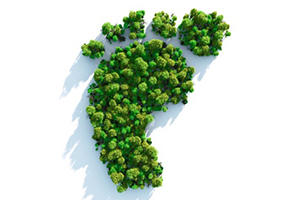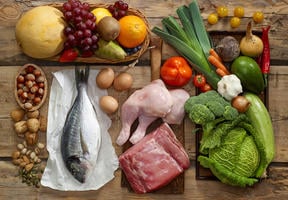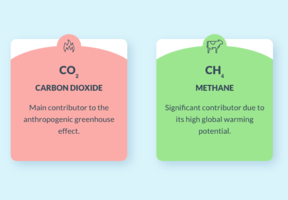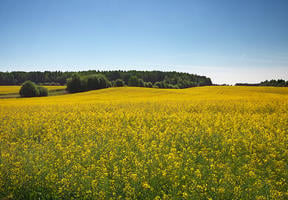Plastics and the Environment
Updated on 02.05.20192 min read
In the past ten years, humankind has generated more plastic objects than during the entire 20th century. This assessment by the United Nations in June 2018 proves how urgently we need to reduce the pollution of our planet caused by untreated and non-recycled waste. The prime offenders targeted by the U.N. and the European Union are single-use plastic items, because plastics also have incomparable advantages and irreplaceable uses in sectors such as housing, transportation and healthcare.
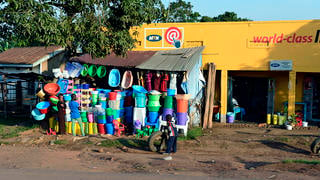
© ZYLBERMAN LAURENT / TOTAL - Plastic objects used throughout the world. Here, in Kampala, Uganda.
Some noteworthy figures were published by the United Nations as part of its 2018 World Environment Day, the theme of which was “Beat Plastic Pollution :
79 % : The percentage of plastics thrown in landfills or tossed into the natural environment, representing some 6.3 billion metric tons of plastic waste since 1950. At this rate, 12 billion metric tons of plastic will pile up across the planet by 2050. Currently, only 9% of plastic is recycled and only 12% incinerated.
150 million metric tons : The estimated amount of plastic waste in our oceans, to which another 13 million metric tons is added every year. According to estimates, by 2050 every sea bird on Earth will have swallowed plastic.
1 million per minute : The number of plastic bottles sold every minute, amounting to 480 billion bottles in 2016. Almost half the plastic products in existence is manufactured in Asia, compared with 18.5% in Europe and 18.5% in North America.
Initiatives to Deal With Disposable Products
Both the U.N. and the E.U. have criticized disposables, which account for half of plastic products. The world produces approximately 500 billion lightweight plastic bags every year, in addition to a growing range of single-use and sometimes trivial products such as beverage stirrers.
In May 2018, the European Commission requested Member States to introduce measures to ban or reduce the use of several of these products. France, following its ban on non-recyclable plastic bags, is planning to prohibit plastic cutlery and cotton buds in 2020. France has some catching up to do on this score as it recovers only 26% of its plastic, in contrast to around ten other European countries, including Germany, which manage to recycle or incinerate 90% of theirs.
Other countries around the world have implemented initiatives to this end, such as Indonesia, Kenya, Jordan, Madagascar and Chile.
Undisputed Benefits
Despite the disadvantages, because they are light, plastics have been embraced by a number of sectors. The auto industry, for example, has reduced the average weight of vehicles by 200 kilograms, leading to savings. The aerospace industry has also reaped similar benefits.
Because plastic bottles are lighter than glass models, the associated transportation costs and the amount of waste generated are lower. Like glass furthermore, bottles can be recycled. A study comparing the life cycle assessments (LCAs)1 of different types of packaging has shown that the environmental footprint of PET is smaller than that of glass or aluminum.
Plastic materials are required by at least three major industries: home insulation, wind turbine construction and photovoltaic panel manufacturing. Lastly, had it not been for the spread of plastics over the last 50 years, some materials or resources – such as glass, wood and certain ores – would today be severely diminished, if not depleted.
Recycling and Incineration
Two main processes exist to avoid the worst possible scenario, i.e., discarding a used item into a landfill or into the natural environment:
- : Once the plastic products are cleaned, dried and ground into powder or pellets, they are sent to manufacturing plants where they are mixed with new plastic to make other products.
- Waste-to-energy : Plastics are generally incinerated to help burn municipal waste. Refuse-derived fuel can also be used in cement kilns, paper mills and (combined and ) plants.
Bioplastics, a Fast-Growing Industry
Historically, the first plastics came from cellulose, casein and rubber (latex), not oil. Today, manufacturers use plant-based polymers to make bags and packaging. These new bioplastics3 are derived from sources such as corn and potato starch. Bioplastics’ share of the market is expected to increase five- to seven-fold by 2020.
Sources :
- CAs take into account all stages of a product’s life cycle, from manufacture to transportation and end-of-life disposal.
- See European Bioplastics

